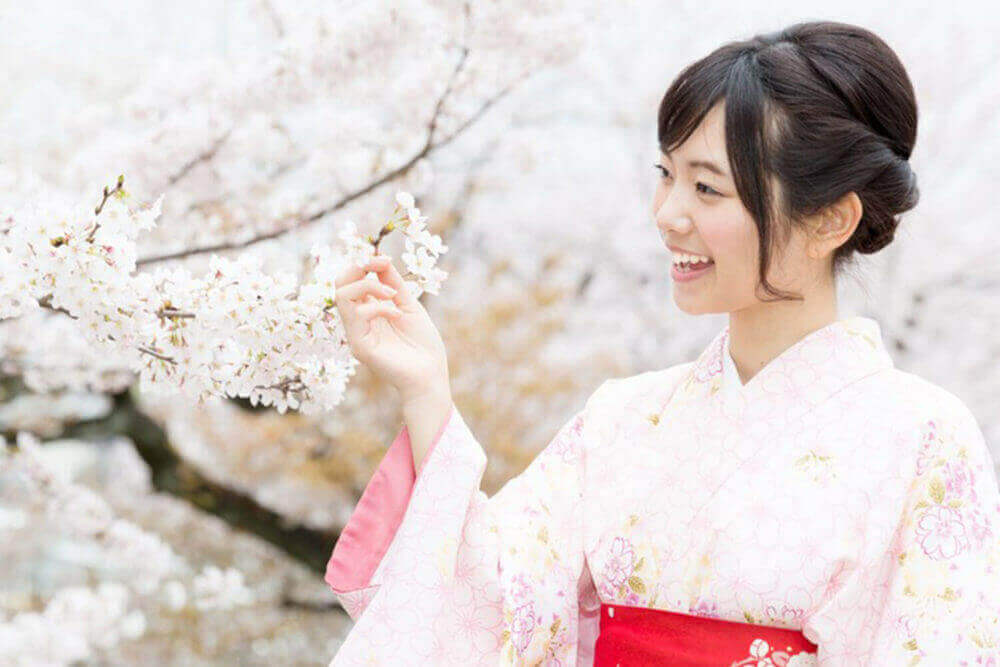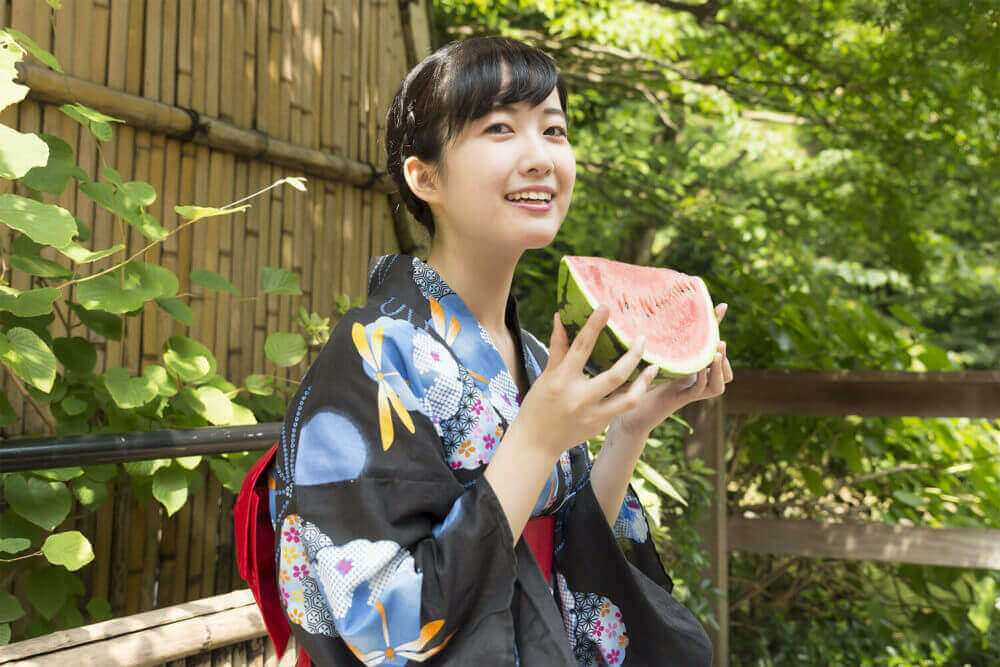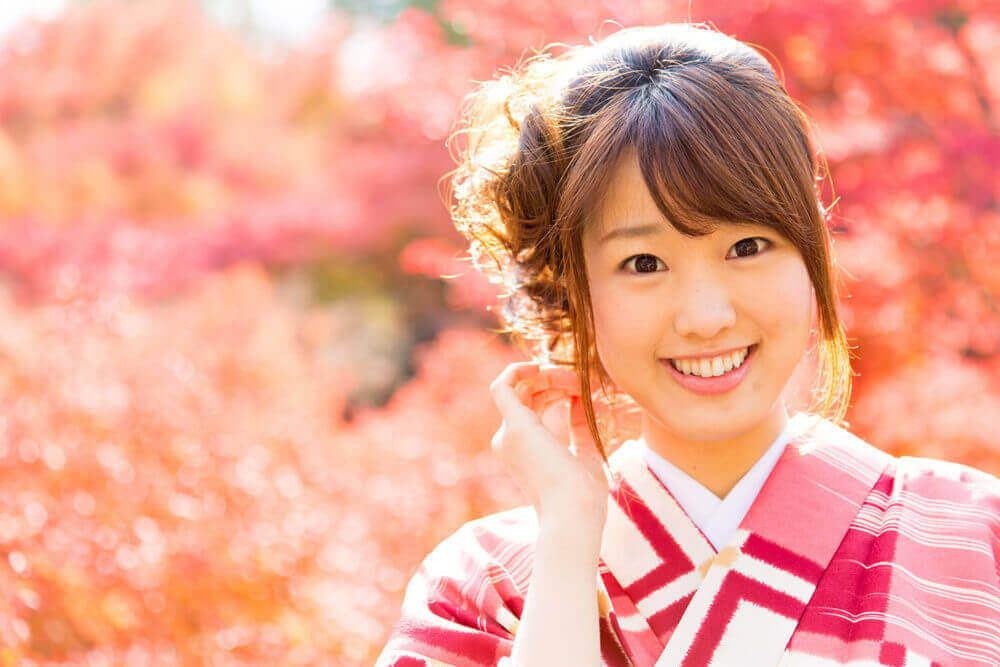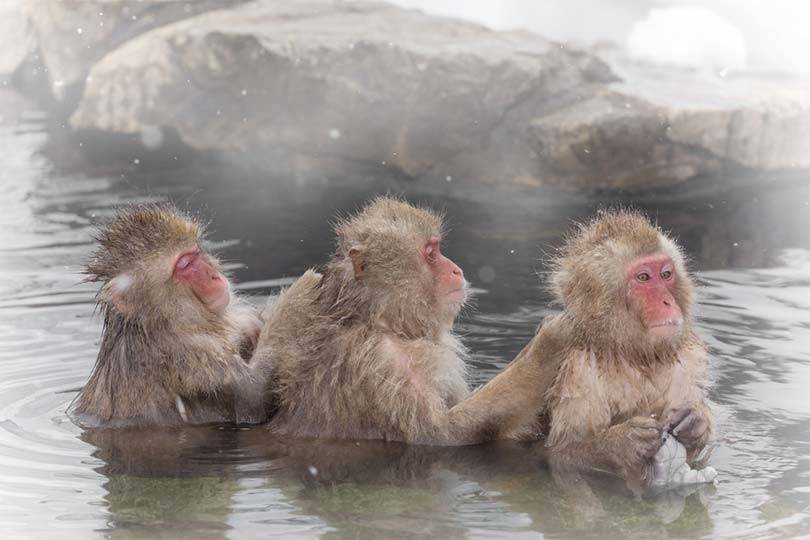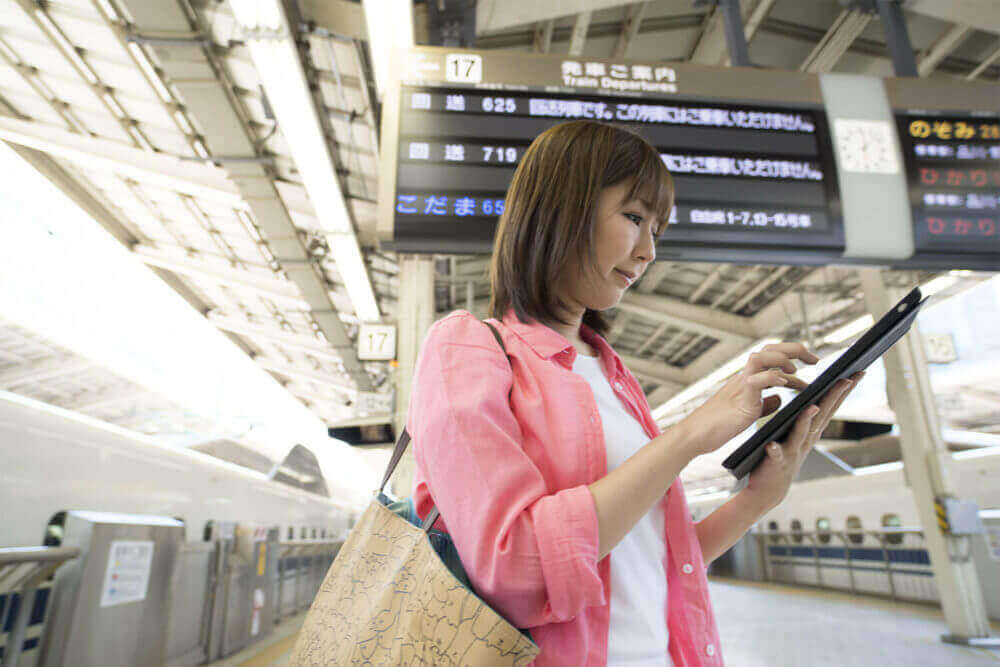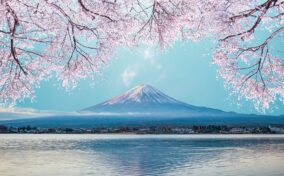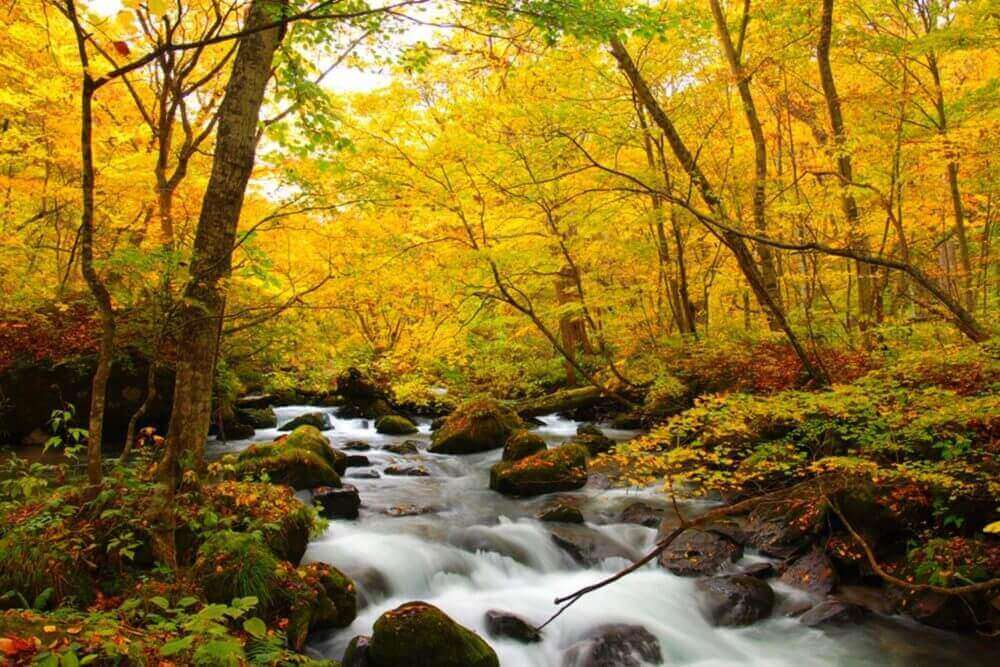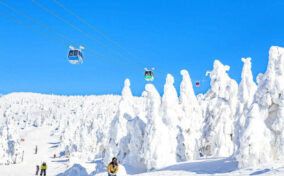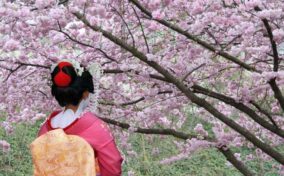When is the best time of year for travelling to Japan? The answer depends on your purpose for traveling. Perhaps you want to see Japan’s famous cherry blossoms? If that’s the case, I recommend coming to Japan during the month of April. Maybe you want to see beautiful snowy landscapes? Try visiting Hokkaido, Tohoku or Nagano from January to February. If you want to enjoy autumn leaves, around November is the best. If you are going to see autumn leaves in Hokkaido, around October is the best. This article highlights each seasons most wonderful features. Find the best time to travel in Japan for you.
Table of Contents
- Spring – March, April, May: Season of beautiful flowers
- Summer – June, July, August: Hokkaido and summer festivals are recommended
- Autumn – September, October, November: The autumn leaves in Kyoto are in late November.
- Winter – December, January, February: Season of snowy landscapes
- 12 Months – Annual weather and climate in Japan
Spring – March, April, May: Season of beautiful flowers
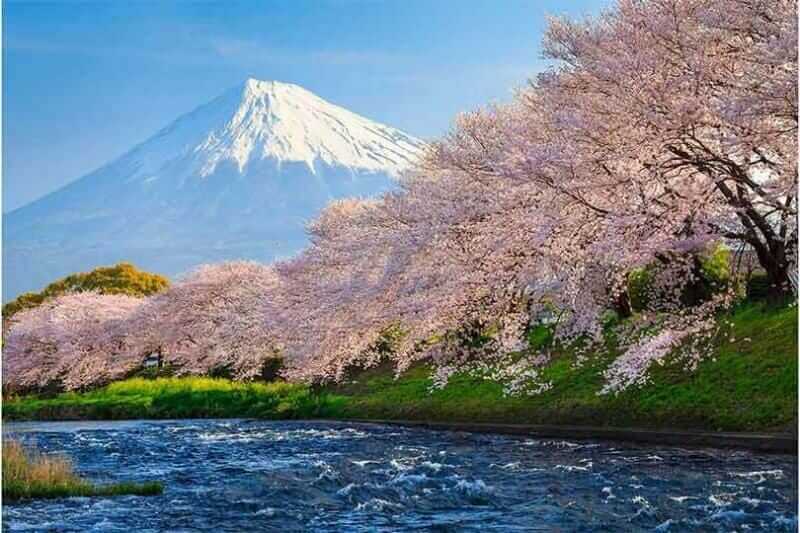
Mt. Fuji, Japan = Adobe Stock

Nemophila at Hitachi Seaside Park, Ibaraki, Japan
Spring time in Japan is during the months of March, April and May. The last 3 weeks of March as well as the first 3 weeks of April are ideal times for travelling in the Spring. Students are finishing the school year and the working adults are still on the job. The Japanese school year starts in April and finishes the following year in March. Cherry blossoms typically bloom during the two week period in between the school year. Depending on where you go in Japan, you will almost always be able to find a cherry blossom festival to attend. Spring weather is excellent during the day but nights are likely to still be a bit cold
Summer – June, July, August: Hokkaido and summer festivals are recommended
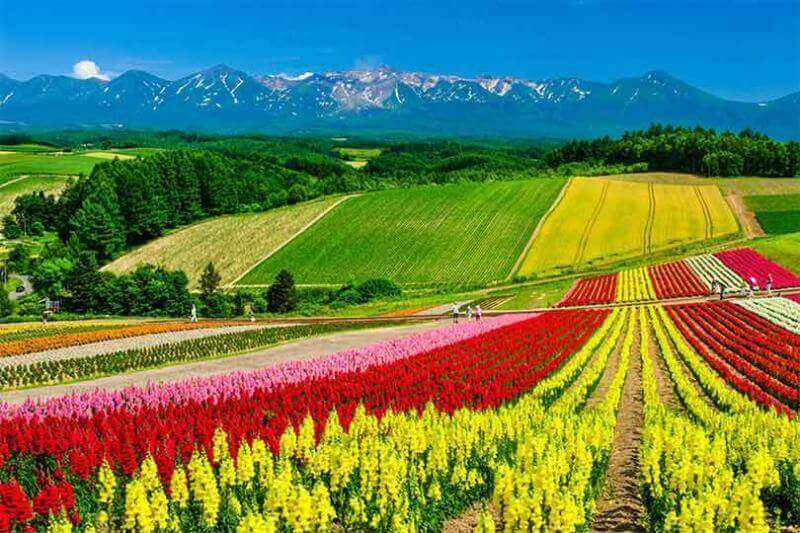
Colorful flower field and blue sky in Shikisai-no-oka, Biei, Hokkaido, Japan = Shutterstock
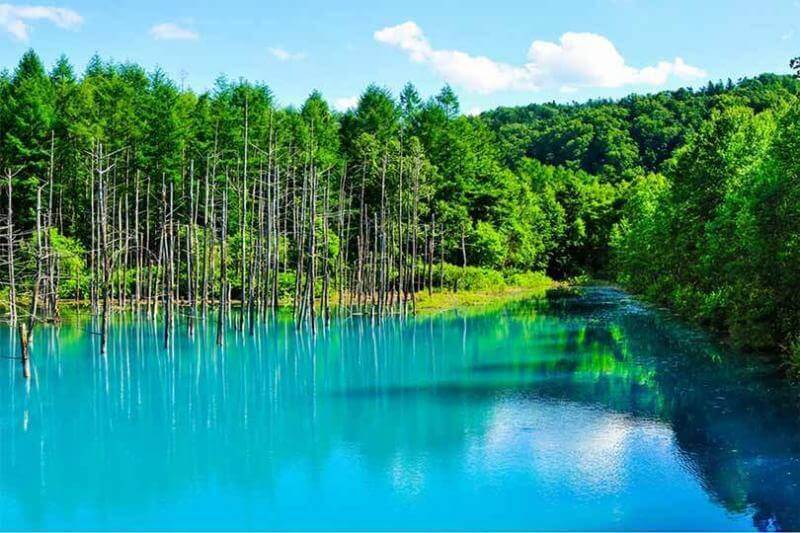
Dry tree and forest at Blue Pond in Biei, Hokkaido, Japan = Shutterstock
Summertime in Japan is from June to August. In summer, it’s popular to travel north to Hokkaido to take in all of nature’s beauty at cooler temperatures.
However, in general, the Japanese summer is very hot, humid and can often leave you physically drained. Humidity is above 80 percent nearly all of the time during these months.
School summer holidays run from the middle of July to the end of August. During this time Japanese locals like to travel. Popular tourist spots may be crowded and you will likely pay peak prices for hotels and other attractions.
A good reason to travel during the summer is the amount of Japanese festivals you can find. If you can handle the heat and would like to attend a summer festival then attempt to travel during early July.
Autumn – September, October, November: The autumn leaves in Kyoto are in late November.
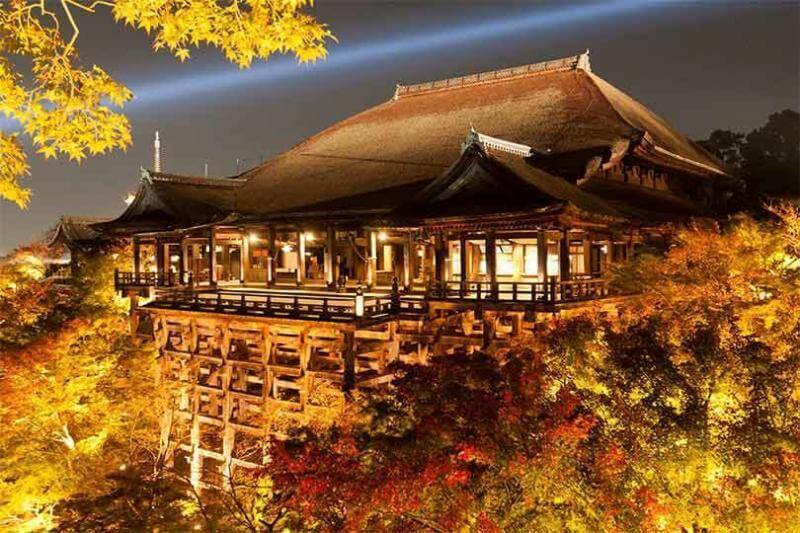
Kiyomizudera, Kyoto, Japan = Adobe Stock
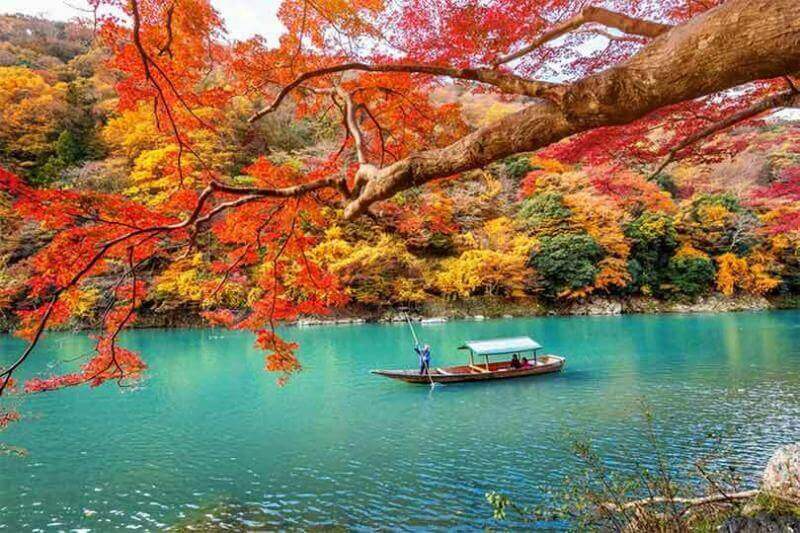
Arashiyama in autumn season along the river in Kyoto, Japan = Shatterstock
Autumn is from September to November and is the best time to go to Japan.
Everybody is back in school and working hard from the first of September. The temperature is nice and the humidity drops significantly.
Major tourist attractions, such as the city of Kyoto, feature beautiful trees with leaves that change to a golden red-brown color as they prepare for winter.
There are a few national holidays (2 in September, 1 in October and 2 in November) that will bring a spike in the number of individuals travelling around the country.
Winter – December, January, February: Season of snowy landscapes
The cold, snowy winter months in Japan are December to February.
If you want to enjoy the snow and would like to ski or snowboard during your vacation then Japan is the right place to come.
Hokkaido is well known for excellent snow and ski resorts. The Niseko ski resort is especially popular. You can also find many big resorts in Nagano and Niigata Prefectures.
Ski resorts in Niigata are convenient if you are traveling from Tokyo. However, the snow is relatively moist. Compare this with ski resorts in Nagano, such as Hakuba and Tsugaike, which are a bit difficult to get to but you can enjoy powdery snow.
In Japan, you can find even more snowy landscapes outside of ski resorts. I recommend finding a hot spring in the winter. You can use an outdoor bath while at the same time enjoy the snowy scenery
12 Months – Annual weather and climate in Japan
When is the best time to travel to Japan for you?
The following article describes data such as temperature and sunshine hours for major cities in Japan every 12 months, as well as the characteristics of each region’s climate. We hope this guide will help you plan your trip and tell you when and where is the best time to go.
Thank you for reading to the end.
Now, let’s plan to make your vacation in Japan the best experience ever!
